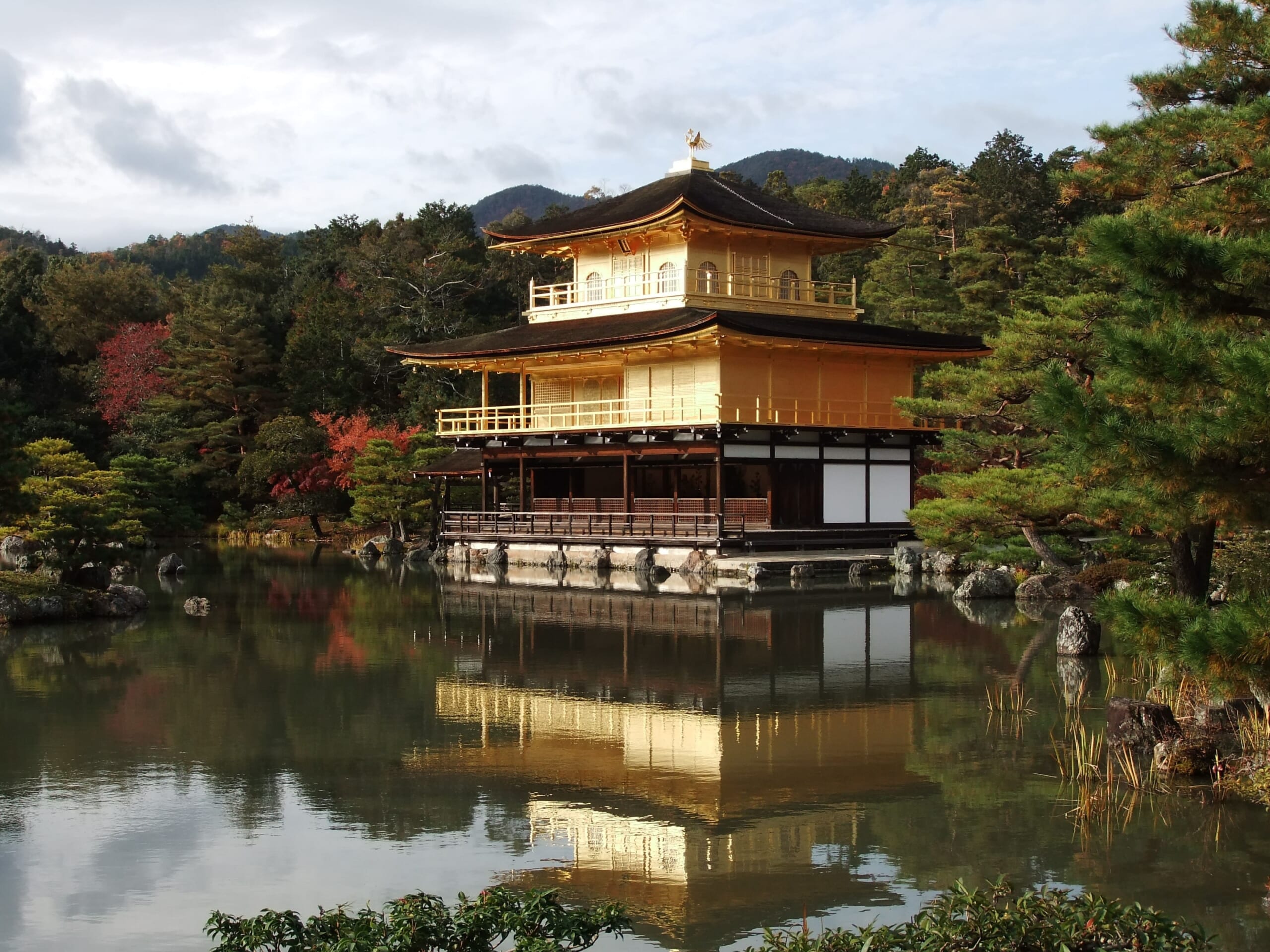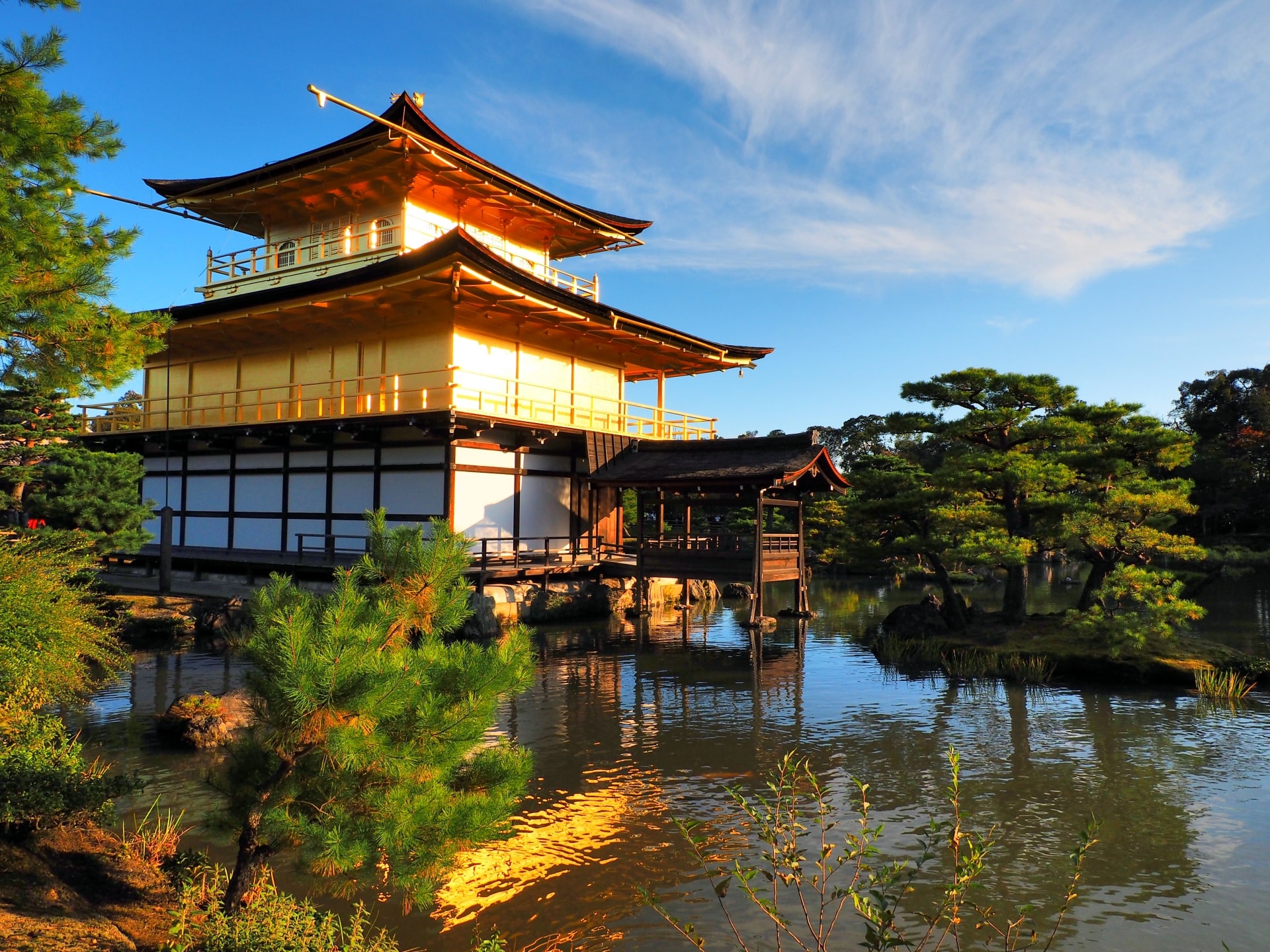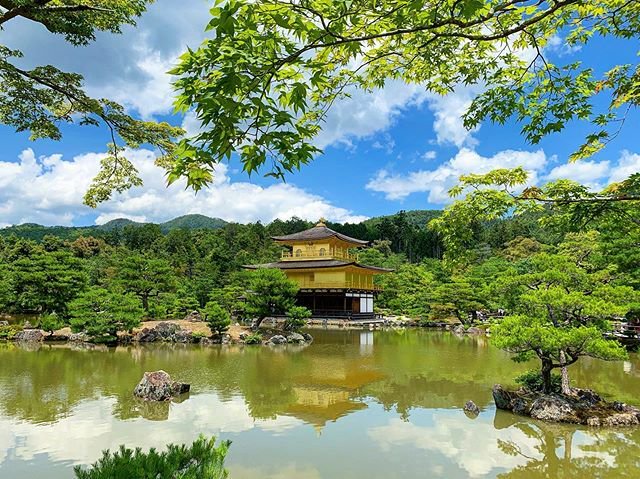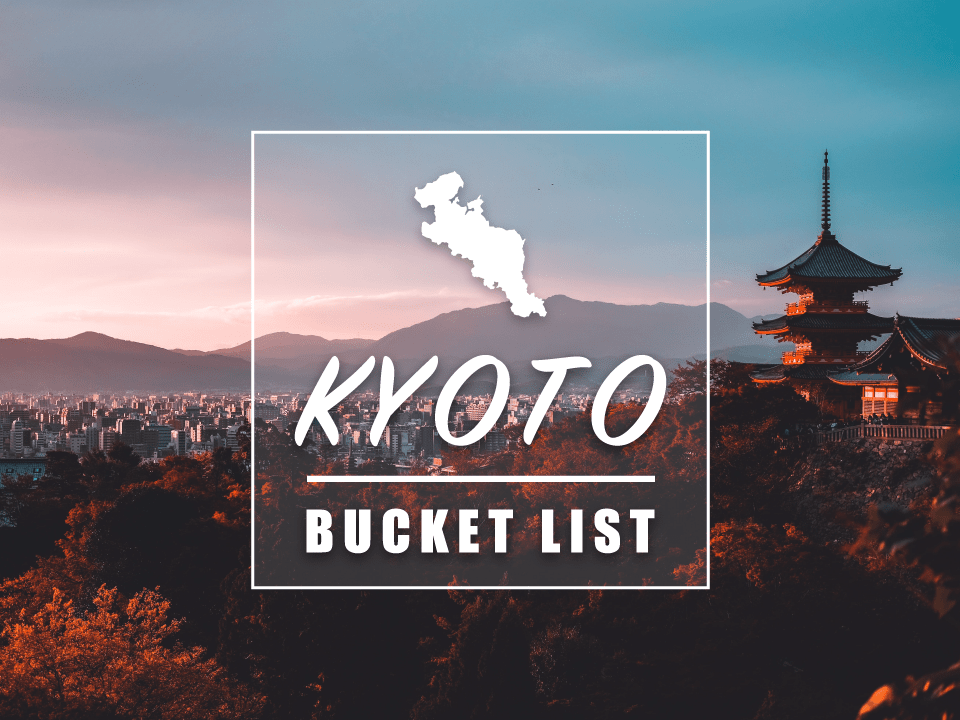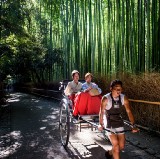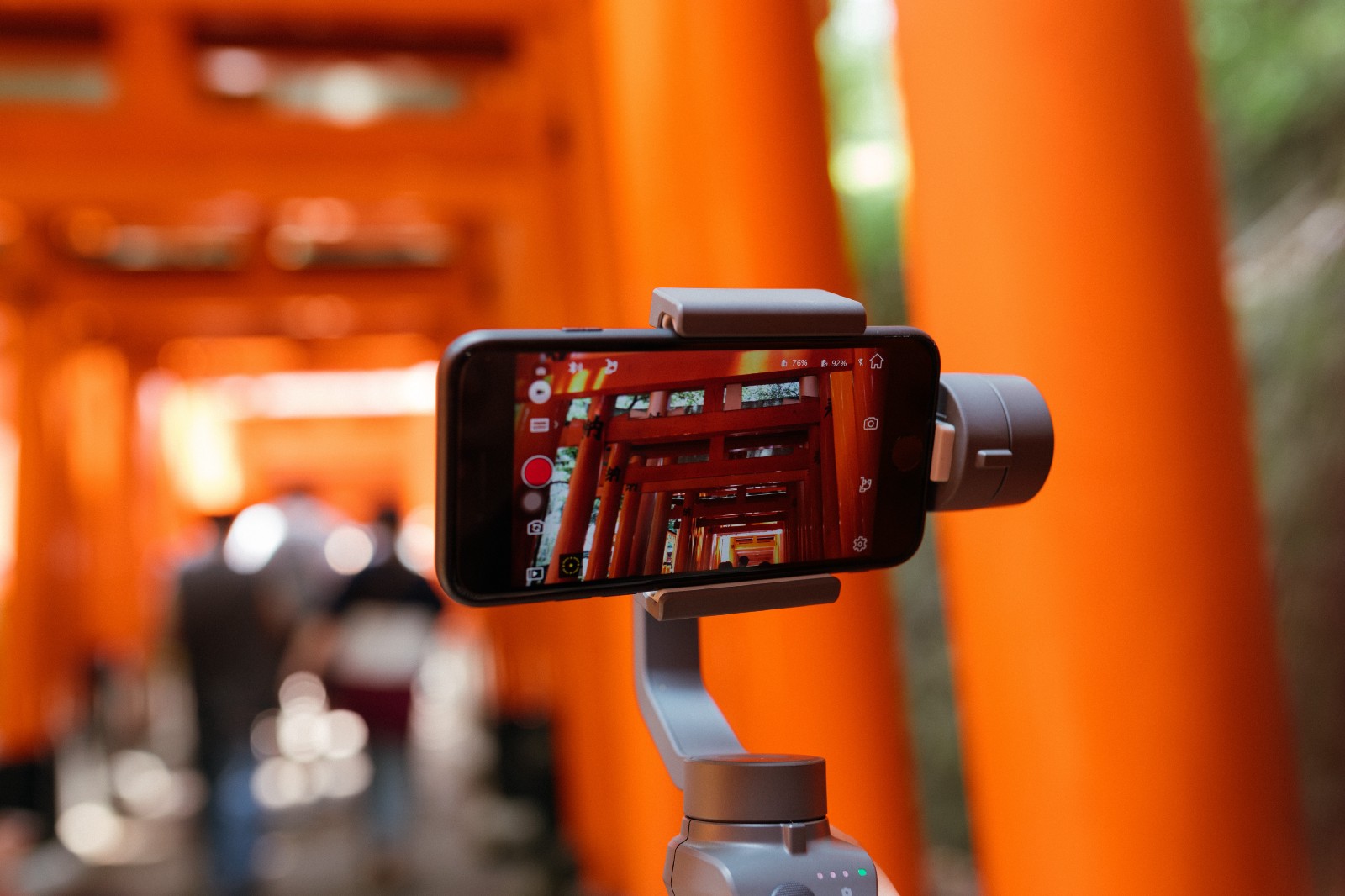Kinkakuji Temple: Kyoto’s Golden Pavilion
Kyoto Kinkakuji Temple: The Symbol of Japanese History
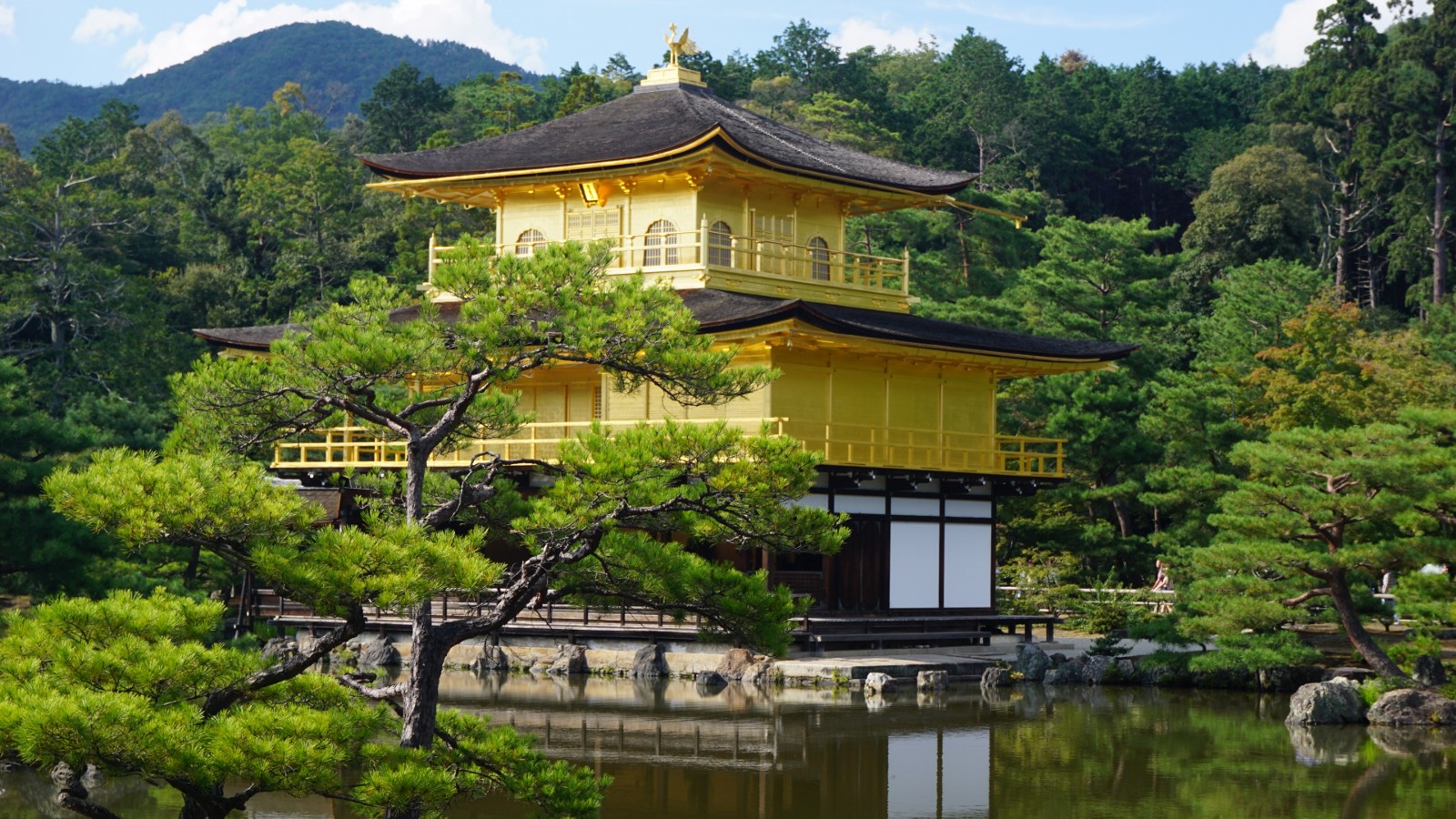
The most fascinating landmark of Japan! Visit the golden temple in Kyoto “Kinkakuji Temple” to witness the history and beauty of Japan.
If you need a general overview of Kyoto, don’t miss our All-in-One Guide to Kyoto!
*Please note that this article contains affiliate links.
What is Kinkakuji?
Kinkakuji (金閣寺) a.k.a. “Temple of the Golden Pavilion” is a must-visit landmark in Kyoto. The Zen Buddhist temple was built in 1397, originally as the retirement villa of the shogun Ashikaga Yoshimitsu. After his death, the villa was converted to the Zen temple as it is now.
The official name of Kinkakuji is Rokuonji (鹿苑寺). It is one of the most popular tourist sites and iconic buildings in Japan, attracting a large number of visitors from all over the world. The temple is one of 17 locations of the Historic Monuments of Ancient Kyoto which are designated to World Heritage Sites. In each season, the temple displays astonishing scenery collaborating with the beautiful nature of Kyoto.
What to See and Do at Kinkakuji
This section breaks down the key sights and activities to fully appreciate the beauty of this historic temple.
The Golden Pavilion (Kinkaku)
The highlight of Kinkakuji is, of course, the Golden Pavilion itself. The three-story building, covered in shimmering gold leaf, reflects elegantly in the mirror-like waters of Kyōko-chi (Mirror Pond). Each floor represents a different architectural style:
- First Floor: Shinden-zukuri, reminiscent of Heian aristocratic residences.
- Second Floor: Bukke-zukuri, showcasing samurai-style architecture.
- Third Floor: Chinese Zen Hall, topped with a phoenix statue.
Be sure to examine the intricate details and observe how the light changes the pavilion’s appearance throughout the day.
Kyōko-chi Pond
Surrounding the Golden Pavilion is Kyōko-chi, a beautifully landscaped pond filled with small islands and stones, each with symbolic meanings. The calm water acts as a mirror, creating stunning reflections of the pavilion and the surrounding greenery. Keep an eye out for:
- Islands of Horai: Representing mythical places from Japanese folklore.
- Stone Arrangements: Carefully placed rocks that symbolize harmony in the universe.
The Walking Path and Gardens
Kinkakuji’s garden is a masterpiece of Muromachi-era landscape design. The path leads visitors through meticulously maintained grounds, featuring:
- Carefully Trimmed Pines: Shaped to harmonize with the temple’s aesthetic.
- Seasonal Blooms: Depending on the time of year, enjoy plum blossoms in spring, vibrant foliage in autumn, or snow-covered scenery in winter.
Anmintaku Pond
As you progress through the garden, you’ll encounter Anmintaku, a small pond shrouded in legend. Said to have never dried up, it symbolizes eternal prosperity and is a popular spot to toss coins for good fortune.
Sekkatei Teahouse
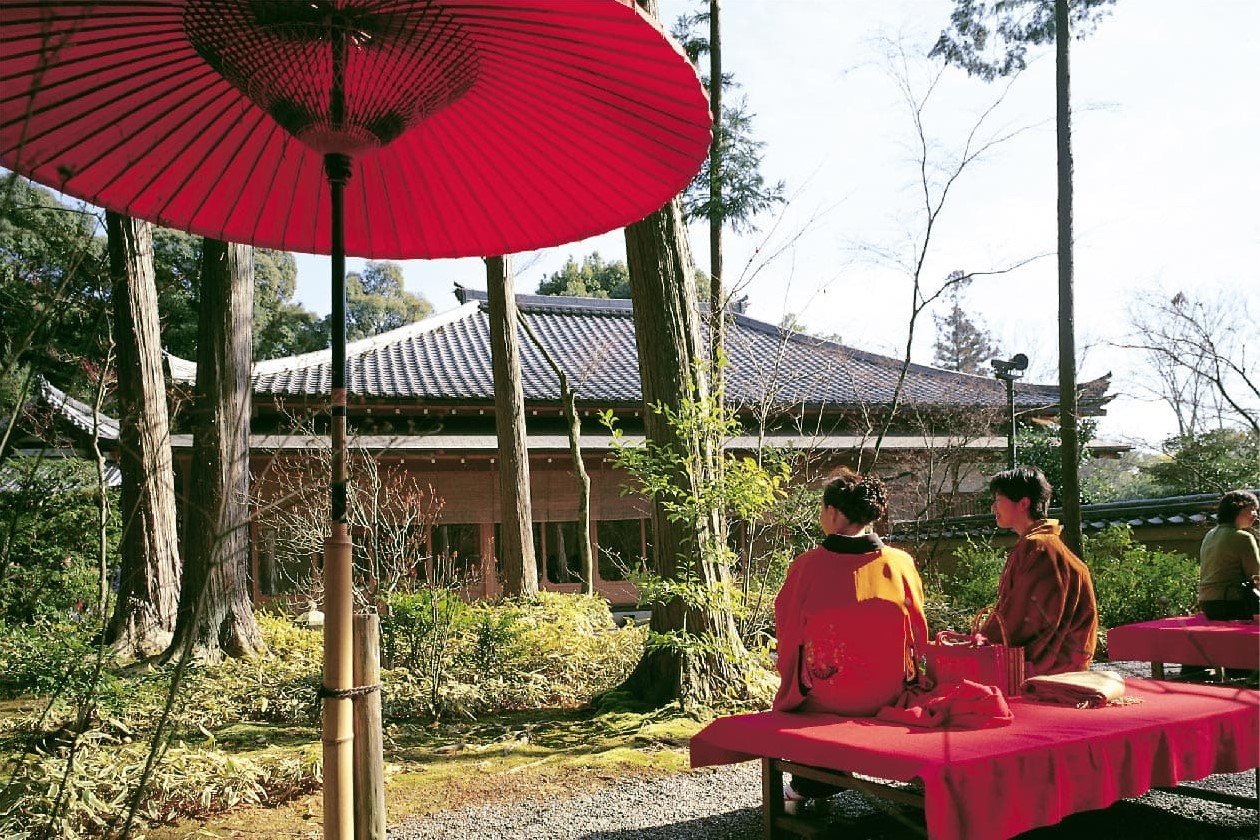
The Sekkatei teahouse, added in the Edo period, offers a glimpse into traditional tea culture. While visitors cannot enter the teahouse, its exterior and surrounding area provide a tranquil moment to imagine a traditional tea ceremony. The name “Sekkatei” means “Place of Evening Beauty,” highlighting its picturesque sunsets.
Fudō-do Hall
This small hall houses a statue of Fudō Myōō, a Buddhist guardian deity. Visitors often stop here to pray for protection and good health. Incense sticks are available for those who wish to offer them.
Souvenir Shops and Matcha Experience
At the end of the walking path, visitors can stop by a small rest area offering matcha tea and sweets. This is a chance to enjoy Kyoto’s famous green tea while taking in views of the garden. Souvenir shops near the exit sell charms, postcards, and other keepsakes.
How to Get to Kinkakuji
Map
Access:
9-min bus from Kitano Hakubai-Cho Station or 30-min bus from Kyoto Station
Address
1 Kinkakujicho, Kita-ward, Kyoto
Business Hours
09:00 – 17:00
Price
500 yen (High School students and up) / 300 yen (Elementary and Junior High School students)
Official Website
http://www.shokoku-ji.jp/k_access.html
Tourist Reviews of Kinkakuji
The Golden Pavilion is one of Kyoto’s most iconic landmarks and a symbol of timeless beauty. With an impressive Google rating of 4.5 (55,098 reviews), a TripAdvisor score of 4.5 (17,383 reviews), and a Yelp rating of 4.3 (156 reviews), it consistently leaves visitors awestruck by its gleaming golden exterior and tranquil surroundings.
A TripAdvisor reviewer described their experience in vivid detail:
“Before a visit to Kinkaku-ji, was thinking whether it would look as mesmerizing as it looks in pictures—the first look at it itself blown away and beyond expectations. This was probably one of the most dreamy landscapes I’ve ever seen—pristine water bodies mirroring the temple and clean sky with clouds here and there, well-sculpted trees, lush green undulating patches near and far, and the beautiful temple wearing gold over a mesmerizing architecture. It was all worth a visit.
Being one of the most famous places in Kyoto, the footfall is high, but it’s well managed, and it was wonderful to watch temple staff/volunteers keeping the place neat and clean, well managed.”
―from TripAdvisor
On Yelp, another visitor praised the beauty of the temple and its surroundings:
“Beautiful golden temple that is a must-see for any Kyoto tourists. Since it’s so iconic, there is always a large crowd, so be prepared to line up a bit to take photos! The temple itself is small, so they don’t allow people to enter, but the surrounding area and gardens provided a nice walk to enjoy and view as well!”
―from Yelp
The Golden Pavilion is an experience that combines architecture, nature, and cultural reverence. Whether reflecting on its tranquil pond or strolling through its meticulously landscaped gardens, visitors find Kinkaku-ji an unforgettable highlight of their Kyoto adventures.
For more articles about Japan, check these articles below too!
Written by
"The world is my oyster." As a dedicated globetrotter and hammock enthusiast, I’ve spent years chasing new experiences, collecting stories, and discovering the world’s most incredible destinations. Born and raised in Japan, I’ve always had a deep connection to my roots, but my love for adventure has led me to spend over a decade exploring countries across the globe—from culture-rich cities to remote hideaways.
Travel isn't just a hobby for me; it's a lifestyle. I'm constantly searching for new ways to fuel my wanderlust. Over the years, I’ve developed a wealth of knowledge and a treasure trove of tips that make traveling more enjoyable, practical, and meaningful.
Through my experiences, I've come to appreciate not only the beauty of travel but also the importance of understanding diverse cultures, embracing the unfamiliar, and stepping out of my comfort zone. My travels have shaped who I am today, and I’m excited to share those lessons with others.
With Japan Web Magazine, I aim to offer practical advice, insider tips, and firsthand stories that help travelers navigate their journeys to Japan or setting off on a global adventure. From hidden gems in Japan to travel hacks that make any trip smoother, I hope my insights inspire you to embark on your own adventures and make the most of every moment. Let’s explore the world together!
You can also find my stories here ▶ https://medium.com/@nahobm





